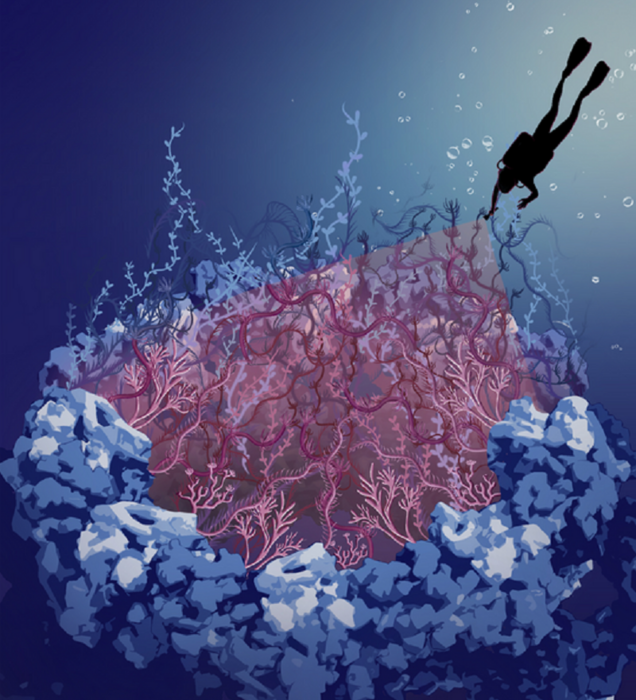Tangled and sinuous like spaghetti in boiling water: they are the 'bouncer' proteins that protect the access doors to the cell nucleus, the so-called nuclear pores.
Their sprawling organization has been reconstructed for the first time in 3D, shedding light on the mechanism by which they allow the passage of payloads to the cell and instead block invaders such as viruses that can threaten the genetic heritage contained in the DNA.
The result, useful for developing new strategies against viruses and aging, is published in Nature by researchers at the Max Planck Institute for Biophysics in Frankfurt and the Johann Gutenberg University in Mainz, Germany.
In the membrane that surrounds and protects the cell nucleus there are about 2,000 pores, each made up of a thousand proteins: they can be imagined as border crossings, where thousands of 'visitors' are checked every second.
About 300 proteins attached to the supporting structure of the nuclear pore protrude like tentacles into the central opening, effectively blocking it as if they were bouncers: they are intrinsically disordered and in continuous movement, and for this reason it had not been possible to determine their organization until now living cells.
The German researchers achieved this by combining synthetic biology, multidimensional fluorescence microscopy and computer simulations.
"We used modern precision tools to label different spots on the proteins with fluorescent dyes that we excited with light and viewed under a microscope," explains Edward Lemke of Johann Gutenberg University.
"Based on the distribution and duration of the glow, we were able to deduce how the proteins must be arranged," adds Gerhard Hummer of the Max Planck Institute.
'We then used molecular dynamics simulations to calculate how the proteins are spatially organized in the pore, how they interact with each other and how they move.

